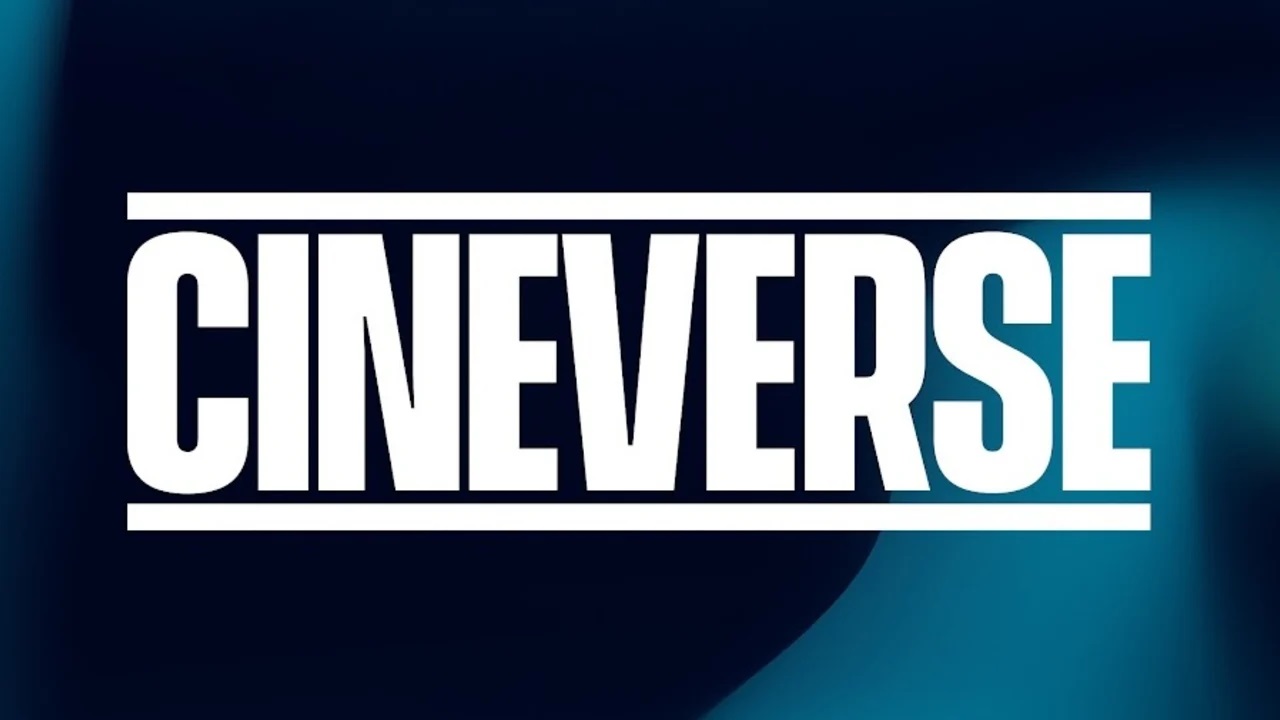This week the FCC Office of Engineering and Technology released two lists of experimental license grants, covering applications granted between 7/1/07 and 8/1/07 and applications granted between 8/1/07 and 9/1/07. Licenses granted to Indiana Michigan Power Company; Duke Energy Carolinas, LLC; and Southern California Edison, Entergy Services, Inc. allow the use of frequencies, including UHF and in one case VHF TV spectrum, for evaluating “communications inside and around a nuclear reactor.” The systems use Telex wireless intercom equipment and the filings tout the many advantages of the Telex system in nuclear power plant operations.
Those were the only license grants using broadcast spectrum. KVH Industries is allowed to use a transmitter in the 10950-12750 MHz band to simulate European satellite TV signals to perform acquire, lock, tracking and signal quality tests in Middletown, RI. Several companies were allowed to use C-band frequencies below 3700 MHz for testing WiMax and other wireless broadband equipment. Andrew Corp. and General Dynamics received authorization to use microwave frequencies for antenna testing.
Details on the grants are available in the links above and through the FCC’s OET Experimental Licensing System Call Sign Search.
The professional video industry's #1 source for news, trends and product and tech information. Sign up below.

Doug Lung is one of America's foremost authorities on broadcast RF technology. As vice president of Broadcast Technology for NBCUniversal Local, H. Douglas Lung leads NBC and Telemundo-owned stations’ RF and transmission affairs, including microwave, radars, satellite uplinks, and FCC technical filings. Beginning his career in 1976 at KSCI in Los Angeles, Lung has nearly 50 years of experience in broadcast television engineering. Beginning in 1985, he led the engineering department for what was to become the Telemundo network and station group, assisting in the design, construction and installation of the company’s broadcast and cable facilities. Other projects include work on the launch of Hawaii’s first UHF TV station, the rollout and testing of the ATSC mobile-handheld standard, and software development related to the incentive auction TV spectrum repack. A longtime columnist for TV Technology, Doug is also a regular contributor to IEEE Broadcast Technology. He is the recipient of the 2023 NAB Television Engineering Award. He also received a Tech Leadership Award from TV Tech publisher Future plc in 2021 and is a member of the IEEE Broadcast Technology Society and the Society of Broadcast Engineers.
